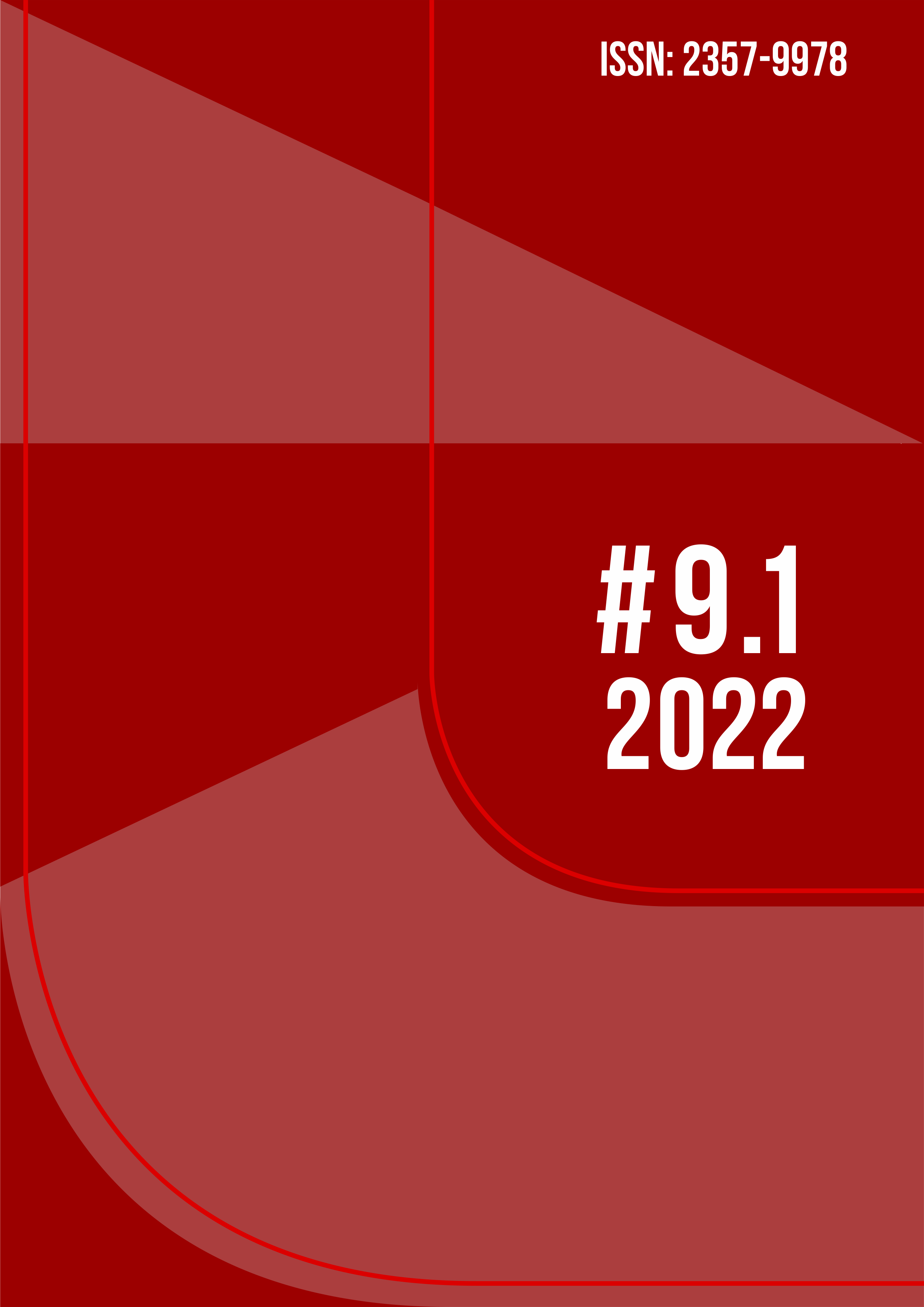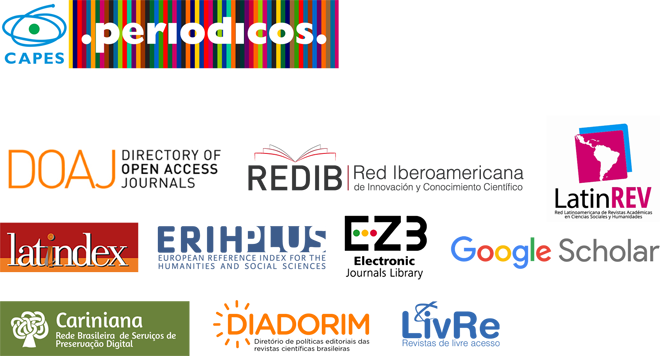About Heroes and Times. Triumph, Decadence and Afterlife of the Heroic Image According to Aby Warburg
DOI:
https://doi.org/10.36025/arj.v9i1.29669Keywords:
Iconology, Warburg, Heroes, Historiography, ImagesAbstract
Aby Warburg devoted much of his ambitious iconological project to the study of the ancient hero and his reappearances throughout the history of images. Although the morphology of the nymph can be thought as an understanding key for his ideas on the Nachleben der Antike, the heroic topic occupied a place in Warburg’s work equivalent to that of the Gradient, reappeared in 15th century images. Warburg studied how the heroic pathos conquered the imagination of the Renaissance and how it managed to consolidate a new cultural sensibility in the representation of triumph, suffering and the good death. In this sense, this paper offers an approach to the heroic figure in Warburg’ thought, by analyzing his ideas on the return of heroes found in his academic writings and in the associations and groupings that he left, as suggested, in the Mnemosyne Atlas.
Downloads
References
BOAS, Franz. Race, Language and Culture. Nueva York: Macmillan, 1940.
BURUCÚA, Emilio. Historia, Arte, Cultura. De Aby Warburg a Carlo Ginzburg. Buenos Aires: Fondo de Cultura Económica, 2002.
CENTANNI, Mónica. “Per una cronologia warburguiana del Rinascimento”. En: Schifanoia. A cura dell'istituto rinascimentale di Ferrara (pp. 133-149). Roma Fabrizio Serra, 2013.
CHECA, Fernando. “La idea de imagen artística en Aby Warburg: el Atlas Mnemosyne (1924-1929)”. En: WARBURG, Aby. Atlas Mnemosyne. Madrid: Akal, 2010.
DIDI-HUBERMAN, Georges. La imagen superviviente. Historia del Arte y tiempo de fantasmas según Aby Warburg. Madrid: Abada, 2002.
FORSTER, Kurt. “Introducción”. En: WARBURG, Aby. El renacimiento del paganismo. Aportaciones a la historia cultural del Renacimiento europeo. Madrid: Alianza Forma, 2005.
GARCÍA MAHÍQUES, Fernando. Iconografía e Iconología. Cuestiones de método. Madrid: Encuentro, 2009.
GOMBRICH, Ernst. Aby Warburg. Una biografía intelectual. Madrid: Alianza, 1992.
GRÜNER, Eduardo. Iconografías malditas, imágenes desencantadas. Hacia una política “warburguiana” en la antropología del arte. Buenos Aires: FILO, UBA, 2017
PEDERSOLI, Alessandra. “Riemersione, infezione (afflezione, invasione/protagonismo, ritorno, Figure en Grisaill en el Bilderatlas di Aby Warburg». En: Engramma 100. La tradizione classica nella memoria occidentale. Disponible en: <http://www.engramma.it/eOS2/index.php?id_articolo=1160> (acceso 24 de febrero de 2018).
RUVITUSO, Federico. “A prudente distancia. Aproximaciones al concepto warburguiano de grisalla. En: Armiliar N° 1 (pp. 13-33). Papel Cosido: La Plata, 2017.
SAXL, Fritz y PANOFSKY, Edwin. Mitología clásica en el arte medieval. Buenos Aires: Sans Soleil, 2016.
SAXL, Fritz. La vida de las imágenes. Madrid: Alianza Forma, 1989.
SEZNEC, Hans. Los dioses de la Antigüedad en la Edad Media y en el Renacimiento. Madrid: Taurus, 1983.
WARBURG, Aby. Atlas Mnemosyne. Madrid: Akal, 2010.
WARBURG, Aby. El renacimiento del paganismo. Aportaciones a la historia cultural del Renacimiento europeo. Madrid: Alianza Forma, 2005.
WARBURG, Aby. La pervivencia de las imágenes. Buenos Aires: Miluno, 2014.
Downloads
Published
How to Cite
Issue
Section
License
Copyright (c) 2022 Federico Luis Ruvituso (Autor)

This work is licensed under a Creative Commons Attribution-NonCommercial-ShareAlike 4.0 International License.

This work is licensed under a Attribution-NonCommercial-ShareAlike 4.0 International (CC BY-NC-SA 4.0) License.
Authors retain copyright, while licensing their work under a Attribution-NonCommercial-ShareAlike 4.0 International (CC BY-NC-SA 4.0) License.


 English
English Português (Brasil)
Português (Brasil)
